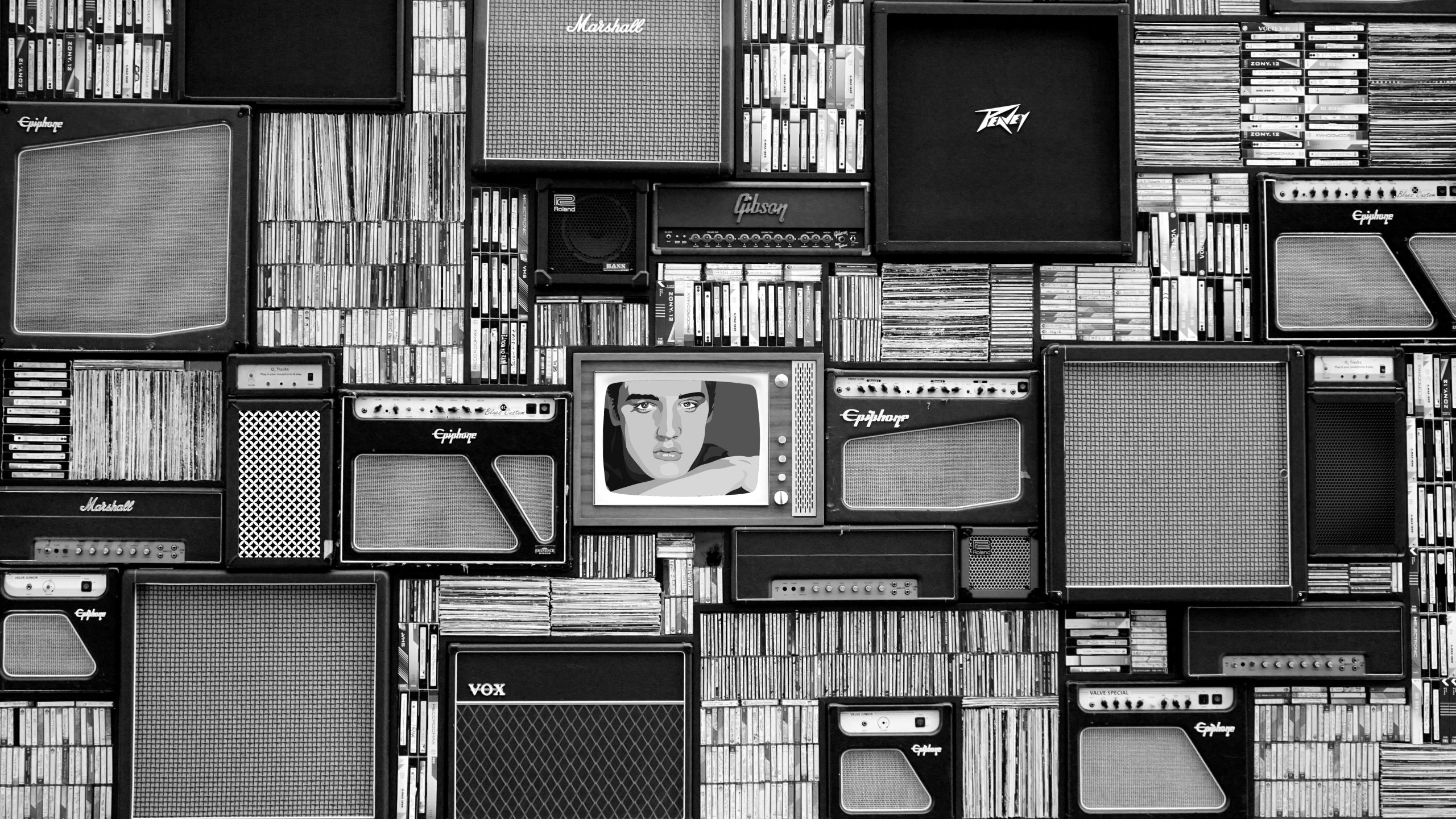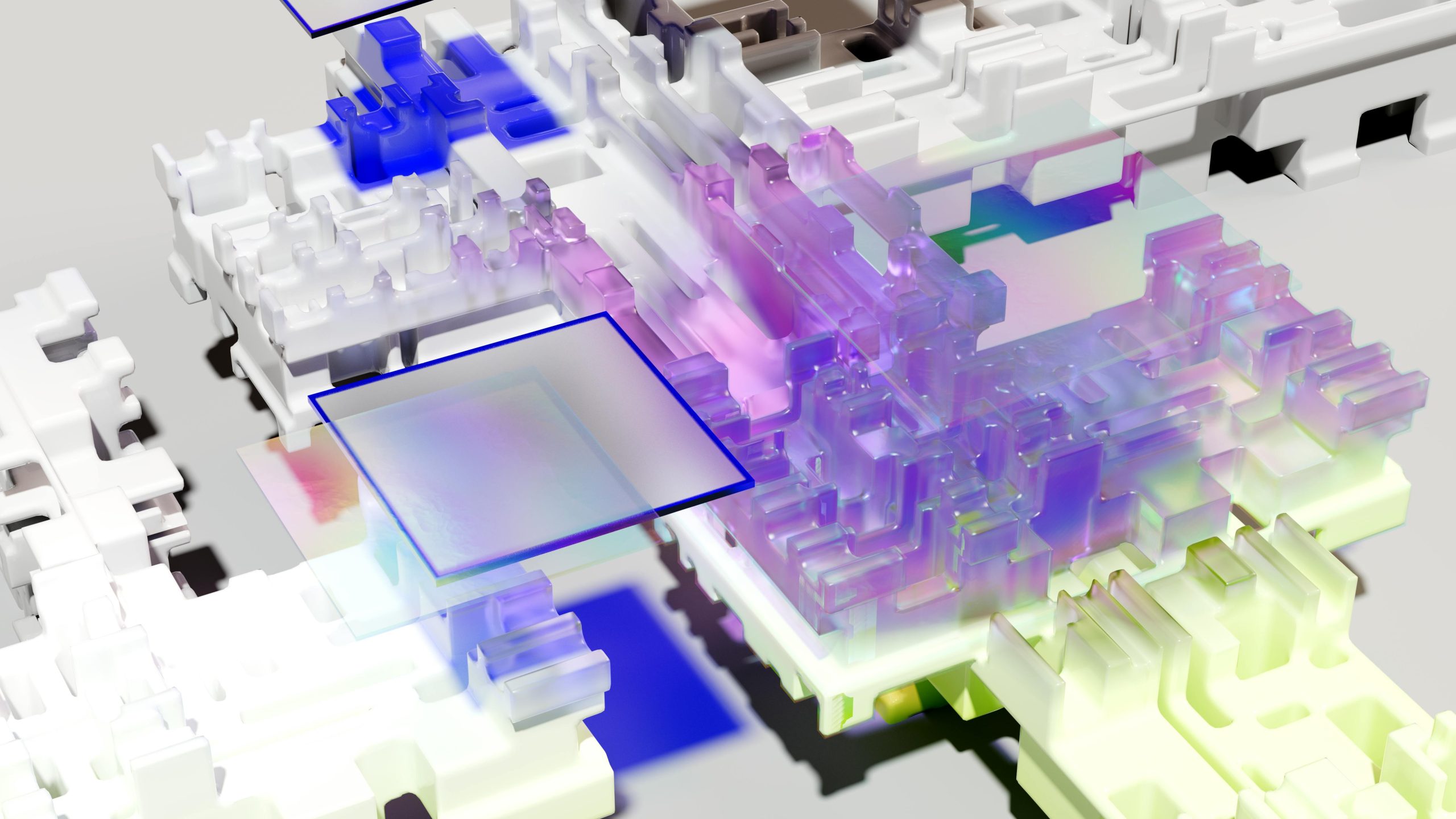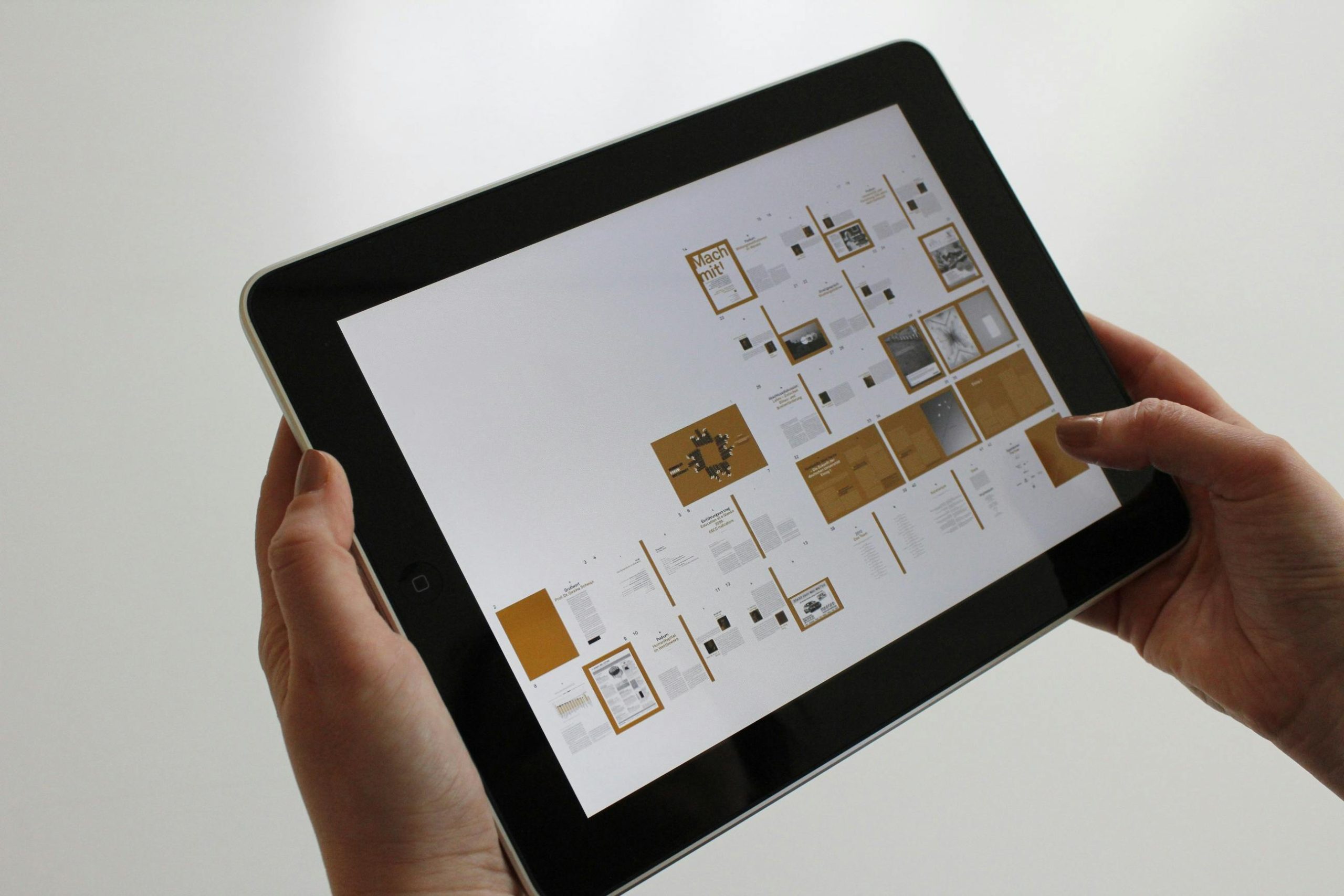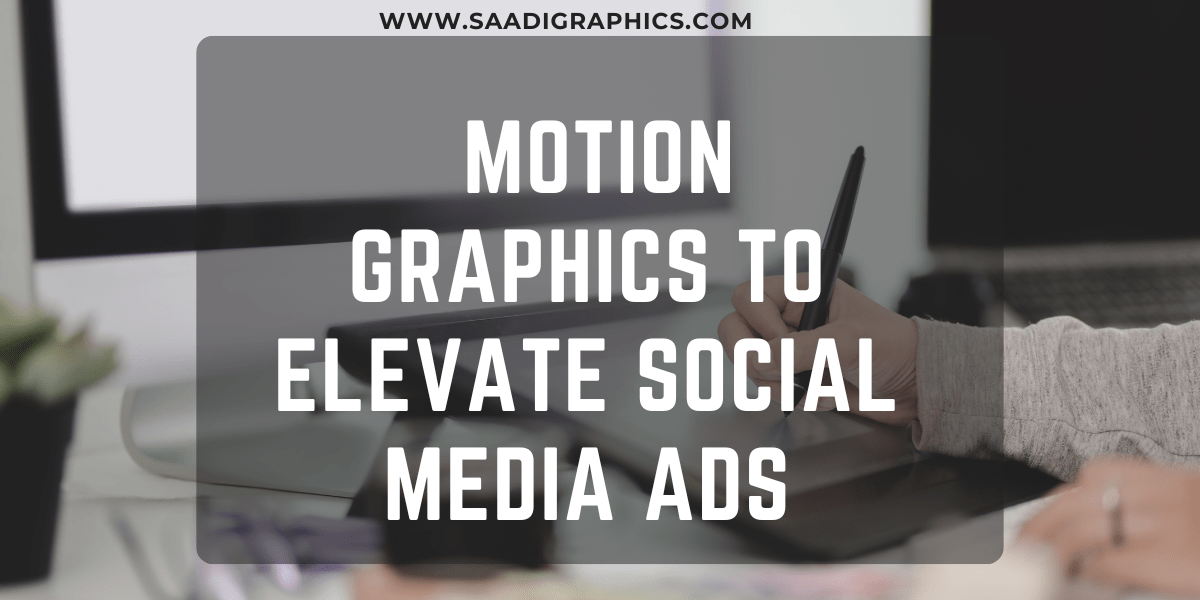Synthetic Media: The Role of AI in Recreating Content Creation
Synthetic media, driven by artificial intelligence, is revolutionizing content creation in 2025. From AI-generated videos to lifelike audio, this technology is transforming industries like marketing, entertainment, and education. It enables creators to produce high-quality content quickly and affordably, but it also sparks ethical debates.
In this blog, we’ll dive into why synthetic media matters, how it’s reshaping content creation, and the challenges it poses, all while keeping a human touch.

Understanding Synthetic Media
Synthetic media is content created or manipulated with the help of AI, including images, video, audio, or text that appears genuine but is human-made artificially. Take a video of a public speaker making a speech he never made or an AI-generated work of art comparable to human art. As of 2025, DALL·E, Midjourney, and Synthesia have brought synthetic media into the mainstream. These sites use sophisticated AI to replicate human creativity, reducing production time and expense.
It utilizes deep learning, in which AI navigates via enormous data to generate realistic results. For instance, it took weeks to create a 3D avatar for a game, but AI accomplishes it in mere hours. That is why synthetic media serves as the backbone of today’s content creation, which allows ordinary people, solo creators, and even global brands to do so.
Streamlining Content Creation
Synthetic media elevates efficiency. In 2025, companies employ AI to quickly create promotional content such as commercials, social media posts, or product reviews in minutes. Software like Synthesia creates high-definition videos using AI avatars at no expense of studios or talent. It’s a leveler that helps small businesses produce completed content at an affordable cost.
Creativity also gets a boost. Artists employ AI software to generate ideas, creating novel designs or songs. Sites such as Artbreeder mix images into novel artworks, and AI software such as AIVA creates original songs. These machines open doors, allowing creators without coding expertise to attempt anything they desire. Synthetic media catalyzes a creative renaissance in 2025.
Affecting Entertainment
The entertainment sector is adopting synthetic media for dramatic effects. AI drives characters in exciting video games and virtual reality adventures. Film companies apply synthetic media for de-aging actors or reenacting history, like in today’s blockbuster hits. It lowers production costs with effects that captivate audiences.
For instance, AI can create a realistic crowd scene without extras and at a cost of millions saved. Hollywood placed its bets on synthetic media to optimize filmmaking by 2025 with 70% of the big studios employing AI software, industry estimates suggest. This revolution brings high-end effects within the budgets of low-end productions, thus democratizing stories.
Synthetic Media Revolutionizing Education
Synthetic media is transforming learning by developing interactive learning platforms. AI-based simulations enable students to experience virtual labs or historic events. Medical students, for example, train to perform operations on virtual patients created by AI without putting lives at risk and saving on cost. They make learning enjoyable and accessible, particularly for online students.
In business training, synthetic media makes scenarios look real. Firms utilize AI avatars to mimic customers, allowing staff members to practice skills without actual role-players. More than half of Fortune 500 firms utilize media for training by 2025, according to industry reports, underlining its increasing application in professional development.

Personalization at Scale
Synthetic Media is particularly good at personalization, a key engagement driver. Marketers’ use of AI includes producing video advertisements dedicated to user-specific viewers, i.e., calling them by their names. This kind of personalization results in a conversion rate of up to 30% greater, as studies have found. For e-commerce, AI supports virtual try-ons so consumers can virtually test clothes or makeup.
Synthetic media are employed by streaming sites such as Netflix to produce personalized thumbnails or trailers based on consumption behavior. This real-time content guides consumers. Personalization of media is a business necessity to allow organizations to be heard in noisy markets by the year 2025.
Ethical Concerns
While useful, synthetic media is morally questionable. Deepfakes can spread misinformation. In 2025, regulation mandates labeling AI production to avoid exploitation, but policing raises concerns. Creators must be transparent about content creation to maintain their followers.
Intellectual property is also involved. AI software learns from work that already exists, sometimes taking the style of authors without their permission. Legal systems are changing, but artists must proceed cautiously. Through 2025, wars over AI material are driving arguments about who is its owner and has the right to use it in an equitable manner.
There’s also the fear of job loss. Synthetic media does the work of video editing, and that has threatened a part of the creators. But it’s also generating employment opportunities like AI content curators. Improving skills is necessary so that one remains pertinent to this changing scenario so that humans and AI can work in tandem effectively.
The Future of Synthetic Media
Synthetic media sector is booming till 2025 with a growth rate of 40% annually. Advertising, journalism, and gaming sectors are the ones embracing AI tools in an effort to remain competitive. Newsrooms, for example, use synthetic media to produce rapid digests of breaking news videos in order to conserve time without compromising on quality.
The future is human-AI collaboration. AI does not replace artists but supports them. Technologies such as Runway allow film directors to edit and improve AI-generated images, merging technology and art. This blending is transforming creative processes, speeding them up and making them more innovative.
Synthetic media is also eco-friendly. Since it minimizes physical production needs, such as sets set by set or photography shoot, it lowers carbon footprints. With green brands on the rise, this makes media a smart option for 2025 and beyond.
Getting Started with Synthetic Media
Artists are able to experiment with synthetic media using user-friendly tools. Midjourney for images and Descript for audio work best. Try using minimum free trials to see what works best. Companies must train employees for ethical use so that content that comes from AI is labeled accordingly.
Keeping up with the legislation is important. With increased growth of media, governments are establishing regulations to avoid abuse. Compliant will be at the forefront for creators and companies in 2025 to assist in establishing trust and accountability.

Conclusion: Why Synthetic Media Matters
Synthetic media is transforming content creation in 2025, speeding it up, lowering costs, and boosting creativity. From niche advertising to immersive learning, it’s rewriting the rules of engaging with content. While ethical concerns like deepfakes and copyright should be handled with care, benefits cannot be denied. With AI advancements, media will lead the way, combining human creativity with the newest technologies. The time is now to embrace it responsibly and optimize its capabilities.



